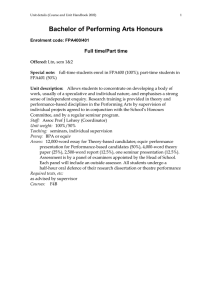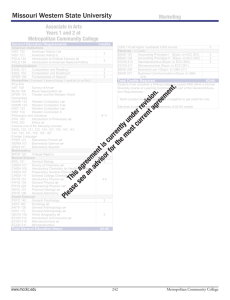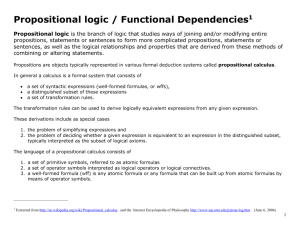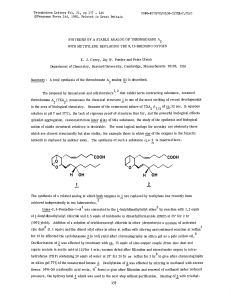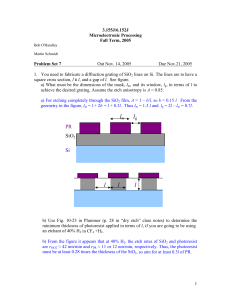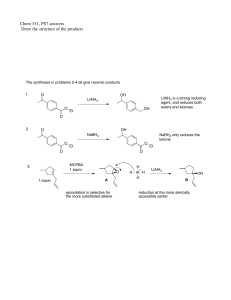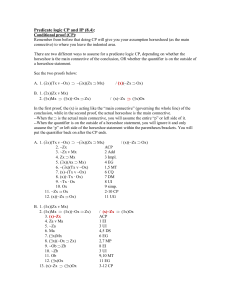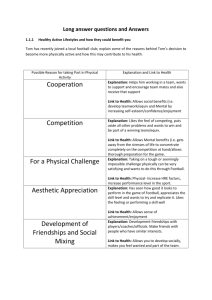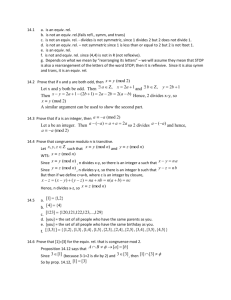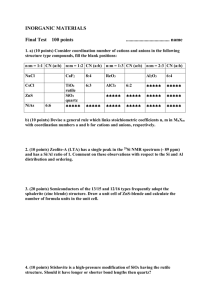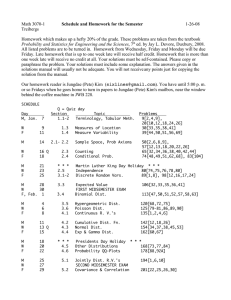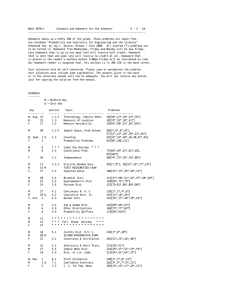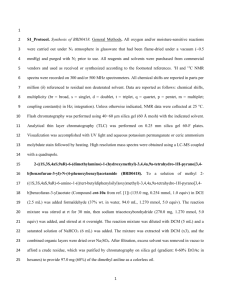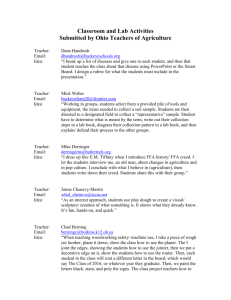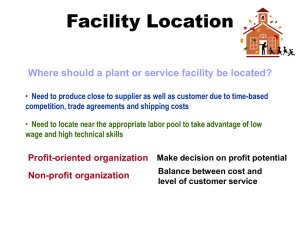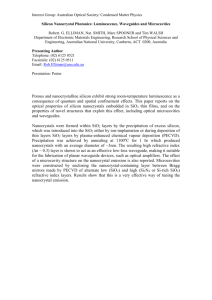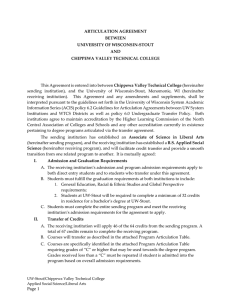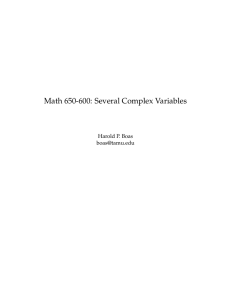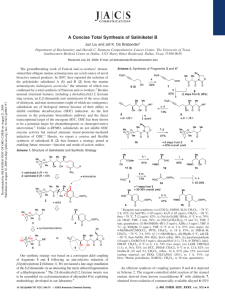Quiz 5 Answers
advertisement
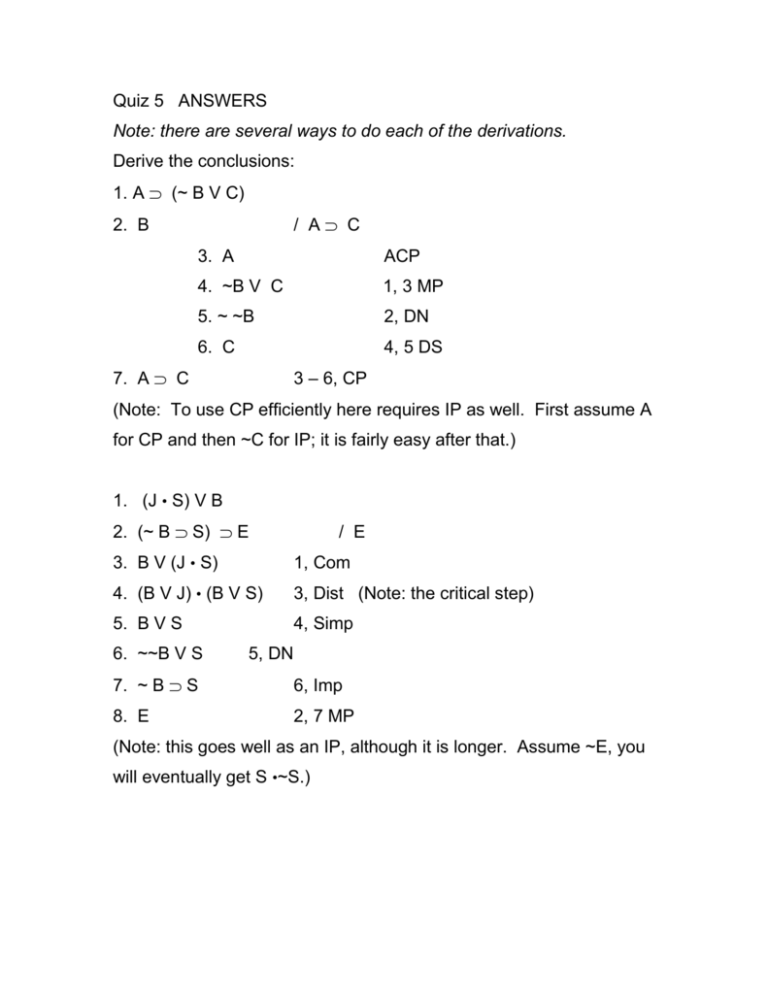
Quiz 5 ANSWERS Note: there are several ways to do each of the derivations. Derive the conclusions: 1. A (~ B V C) / A C 2. B 3. A ACP 4. ~B V C 1, 3 MP 5. ~ ~B 2, DN 6. C 4, 5 DS 7. A C 3 – 6, CP (Note: To use CP efficiently here requires IP as well. First assume A for CP and then ~C for IP; it is fairly easy after that.) 1. (J • S) V B 2. (~ B S) E / E 3. B V (J • S) 1, Com 4. (B V J) • (B V S) 3, Dist (Note: the critical step) 5. B V S 4, Simp 6. ~~B V S 5, DN 7. ~ B S 6, Imp 8. E 2, 7 MP (Note: this goes well as an IP, although it is longer. Assume ~E, you will eventually get S •~S.) 1. ~ B 2. C (~ D• B) /~ C 3. C AIP 4. ~ D• B 2, 3, MP 5. B 4, Simp 6. ~ B• B 5, 1, Conj 7. ~C 3-6, IP (Note: One way to do this as a direct proof is to make step #3 the addition ~~D V ~B; then do a DeMorgans to get ~(~ D• B) and ~C follows in one step. Or, use Imp on line 2 and then Dist, which, after a few steps, gives you C B. Then MT with #1, gives ~C. All equally correct.) 1. A ~ B / ~A 2. (A • ~B) V (~A • ~~B) B 1, Equiv 3. (~A • ~~B) V (A • ~B) 2, Com 4. (~A • B) V (A • ~B) 3, DN 5. (~A • B) V (~~A • ~B) 4, DN 6. ~A 5, Equiv B (Note: this can also be done using the other Equiv rule, although it will be longer. Or it can be done as two separate CPs: first to get ~A B and then to get B ~A. This is longer as well.)
